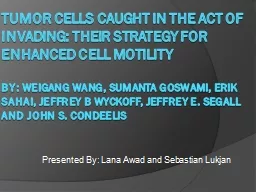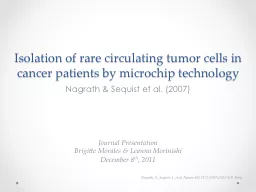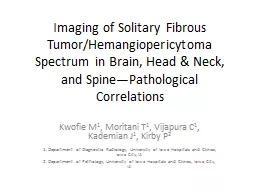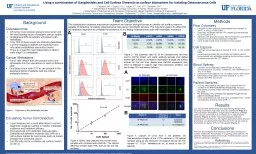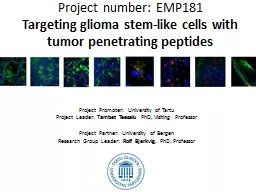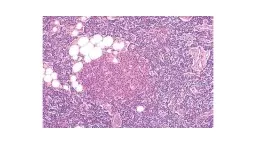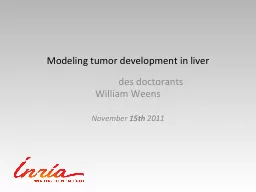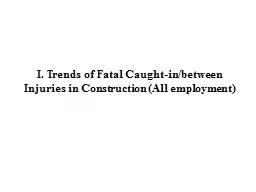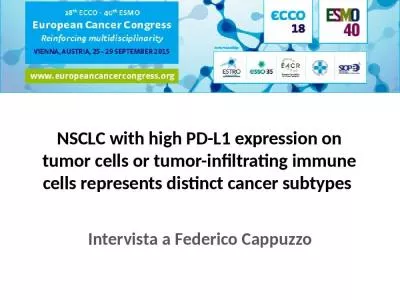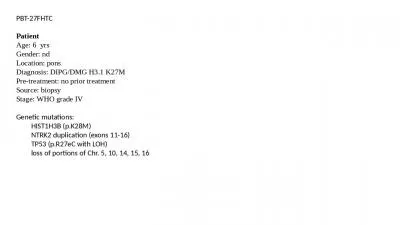PPT-Tumor cells caught in the act of invading: their strategy f
Author : pamella-moone | Published Date : 2016-05-16
By Weigang wang sumanta goswami Erik sahai jeffrey b wyckoff Jeffrey E Segall and John S Condeelis Presented By Lana Awad and Sebastian Lukjan Motivation
Presentation Embed Code
Download Presentation
Download Presentation The PPT/PDF document "Tumor cells caught in the act of invadin..." is the property of its rightful owner. Permission is granted to download and print the materials on this website for personal, non-commercial use only, and to display it on your personal computer provided you do not modify the materials and that you retain all copyright notices contained in the materials. By downloading content from our website, you accept the terms of this agreement.
Tumor cells caught in the act of invading: their strategy f: Transcript
Download Rules Of Document
"Tumor cells caught in the act of invading: their strategy f"The content belongs to its owner. You may download and print it for personal use, without modification, and keep all copyright notices. By downloading, you agree to these terms.
Related Documents

